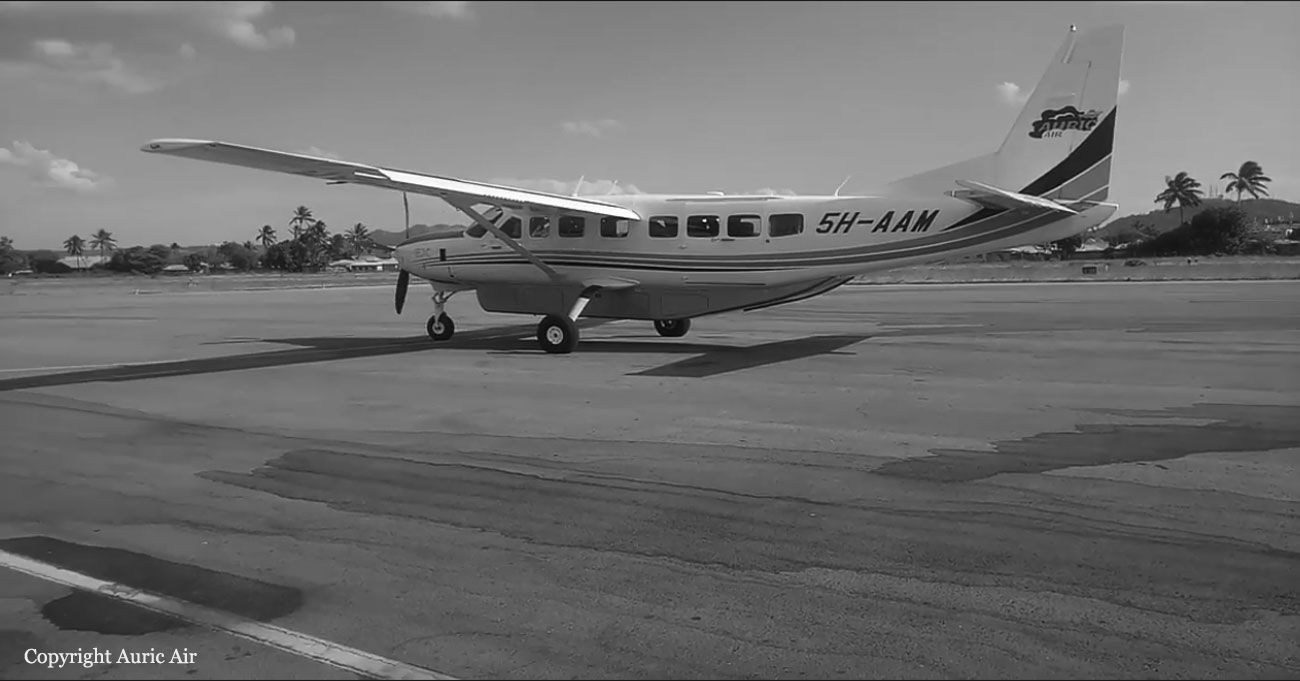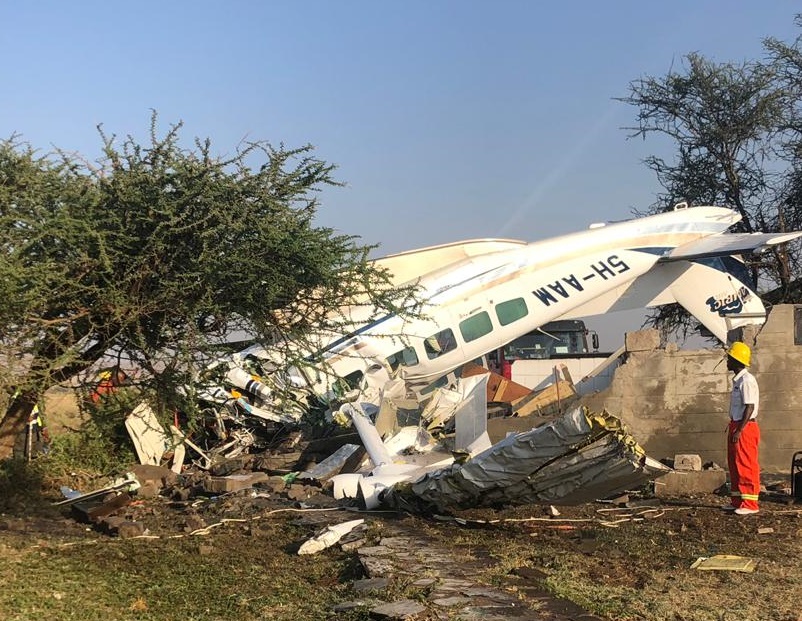Crash of a Cessna 208B Grand Caravan in Seronera: 2 killed
Date & Time:
Sep 23, 2019
Registration:
5H-AAM
Survivors:
No
Schedule:
Seronera - Grumeti Hills
MSN:
208B-2430
YOM:
2013
Crew on board:
1
Crew fatalities:
Pax on board:
1
Pax fatalities:
Other fatalities:
Total fatalities:
2
Circumstances:
The single engine airplane departed Seronera Airstrip in the early morning on a short flight to Grumeti Hills, about 40 km northwest, according to a statement from the operator. Shortly after takeoff, the airplane went out of control, struck a concrete wall and crashed upside down. The pilot and the sole passenger were killed.
Statement from the operator:
https://www.auricair.com/About-Us/5HAAM_Accident_23Sept2019
Statement from the operator:
https://www.auricair.com/About-Us/5HAAM_Accident_23Sept2019




